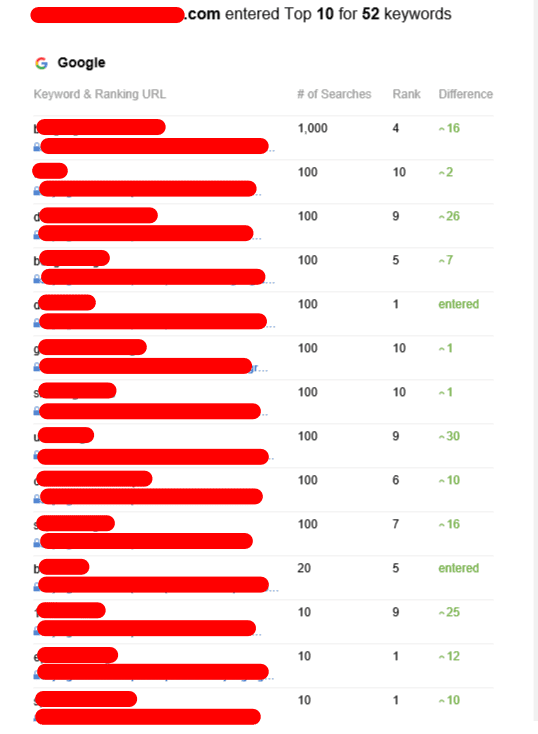10 Tips For Tier 2 Backlink That Are Unexpected

Backlink Tier - The Hierarchy of Backlinks That Scale Your SEO Campaign
The Backlink tier is the structure of backlinks you create to increase the effectiveness of your SEO campaign. Each level provides a layer of protection against Google harassing you with penalties.
In order to get it right you'll have to put in lots of effort and time. That's because Google takes weeks to find new backlinks and assess their quality on per-link basis.
First-Tier Links

These links should be of a high quality and dofollow from reputable websites. These links are referred to as Tier 1 backlinks and act as the base of your link building strategy. They are a sign of trust for your web page, thereby giving it the domain authority needed to rank well in search results pages of engines. For instance, if a blog post is published on HubSpot, and it features a tier one link to SearchEngineLand's compilation of Link Building Statistics, then SearchEngineLand's ranking on the internet would get a boost from the link equity passed on by HubSpot.
The second level can be more diverse and may include low-quality backlinks like spammy forum posts or low-value bookmarking sites and directories. The primary objective of Tier 2 is to create content of high-quality that links back to your first-tier backlinks. This is because content that is good will improve the content in the context in which it is placed, and will not be seen as something that is added to SEO purposes.
In order to build a successful tiered link building campaign, you'll need to put your money in creating high-quality content and using tools like RankerX or GSA. However the time and money spent manually running an effort to build a tiered link could be worth it in terms of the increased ranking benefits that come from having a properly structured backlink pyramid.
Second-Tier Links
Tiered link construction is designed to lead users through different pages before reaching your website. It is crucial to choose second-tier sources of backlinks that are relevant to your business and website to ensure this happens. In contrast to account profiles guest blog posts are able to perform well in this regard because they provide valuable content that people want to consume.
In general, you should avoid using tier 2 links on forums or other low-quality websites. Use high-quality pages instead like industry articles or guest posts. These links appear more natural and have greater impact on your search engine rank. They're also more likely to be identified as having been able to pass link equity by Google, which can increase the value of their position in SERPs.
If you are planning to build tier two links in the hopes of improving your SEO rankings, you need to be aware of the difficulty to get these types high-quality backlinks by hand. It could take months to submit guest blog posts to first-tier publishers and even longer to wait for them to be published. It can also take weeks to see results when it's time to create new traffic and converts on the internet.
Many SEOs employ automated tools to build second- tier backlinks . However, this technique can be in violation of Google's Webmaster guidelines and can result in penalties.
Third-tier Links
This level is home to a huge number of links, a few of which are considered to be spammy. They are posted on social media platforms, and on user-generated content websites such as Quora. They help with the indexing of tier two links however, they don't transfer any link equity to the promoted resource. Generally, these are nofollow links. At this stage marketers are more interested in quantity than quality. They make use of tools to post many links on forums, in the comments section of articles and blog posts, in directories, and other similar places. In this situation tiered link-building is an undefined area and is in violation of Google’s webmaster guidelines.
Tiered link-building campaigns need an enormous amount of time and effort to be successful. Google may take months or even days to index a backlink. It can take weeks or even months for an SEO impact to be evident. Therefore, marketers must be patient and follow a well-thought-out content strategy.
Additionally marketers should stay clear of using too many automation tools for this tier of linking. These tools may violate rules for optimizing search engines and lead to penalties. It is preferential to select the links manually and place them on relevant websites for donors instead of using automated tools like GSA or RankerX. This will stop search engines from penalizing you for low-quality links.
Fourth-Tier Links
Tiered link building is still a popular method to boost web page rankings. However as Google has made major efforts to eliminate "black white hat" SEO practices, tiered linking techniques have seen a decline.
They are regarded as gray-hat SEO techniques and may be penalized for their use in a fraudulent manner. Tiered links are backlinks built on various levels of a pyramid. The primary function of these backlinks is the increase in the rank of a promoted site in search results. This way, the promoted page will rank higher than competitors and receive more organic traffic.
This type of tier has a lower quantity of backlinks and is typically nofollow. This tier could also include low-quality directories, article networks and social media profiles. These links may be constructed naturally or using strategies for automation. However they must be unique in terms of niches, domains and their relevance.
In addition to their low-quality, nofollow nature, they can also cause problems if not adequately diversified. This is due to the fact that Google has a highly advanced group of hounds that constantly look out for patterns in backlink profiles and methods. If they find them not only could the link-building team be penalized, however, so too can its clients.
